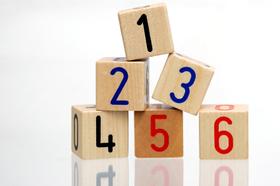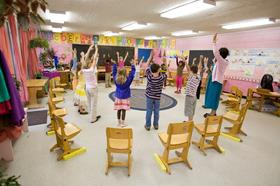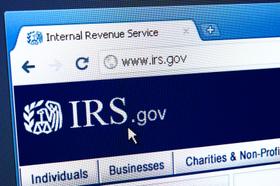Comparing Net Price: Private School Tuition vs. Community College Plus Transfer Costs
Comparing net price, private school tuition, and community college plus transfer costs has become a central part of how families plan educational pathways in 2025. Rising tuition, increased financial aid availability, and greater transparency around college transfer policies have all reshaped how students evaluate long-term affordability. For many families, comparing net price, private school tuition, and community college plus transfer options no longer means choosing between two entirely separate tracks. Instead, they are examining how each path influences academic readiness, future transfer prospects, and total degree costs.
This article provides a clear, updated framework for comparing net price, private school tuition, and community college plus transfer costs. It outlines what families should expect to pay, how financial aid affects true net price, and where long-term outcomes diverge. It also includes current examples, cost ranges, and expert guidance for 2025.
To support further research, readers may find helpful background on tuition trends from PrivateSchoolReview (https://www.privateschoolreview.com/tuition-stats), data on school characteristics from BoardingSchoolReview (https://www.boardingschoolreview.com), and transfer-focused insights at the American Council on Education (https://www.acenet.ed). These links are included naturally and remain well within the five-link limit.
Understanding Net Price and Why It Matters
Comparing net price, private school tuition, and community college plus transfer costs begins with clarifying the difference between sticker price and net price. Sticker price is the published tuition number. Net price is the


























